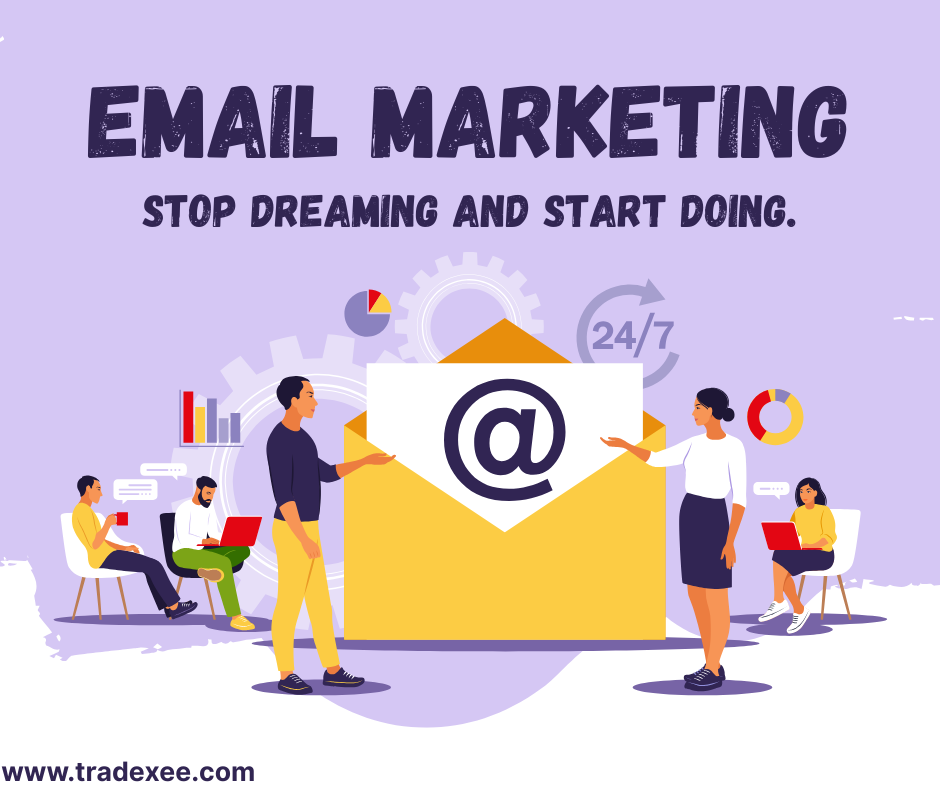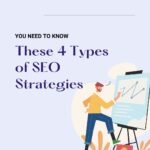Email marketing remains one of the most effective ways to connect with your audience, build relationships, and drive sales. In fact, according to a study by Litmus, the average ROI for email marketing is 36forevery36forevery1 spent. But here’s the catch: without a solid strategy, your emails might end up in the dreaded spam folder—or worse, ignored.
If you’re wondering how to create an email marketing strategy that actually works, you’re in the right place. In this guide, we’ll walk you through everything you need to know, from setting goals to measuring success. Whether you’re a small business owner, a marketer, or a beginner, this step-by-step plan will help you craft emails that resonate with your audience and deliver results.
Why Do You Need an Email Marketing Strategy?
Before diving into the “how,” let’s talk about the “why.” An email marketing strategy is like a roadmap—it keeps you focused, ensures consistency, and helps you achieve your goals. Without a strategy, you risk:
- Sending irrelevant emails that annoy your subscribers.
- Wasting time and resources on campaigns that don’t convert.
- Missing out on opportunities to nurture leads and build loyalty.
A well-thought-out strategy ensures your emails are purposeful, personalized, and aligned with your business objectives.
Step 1: Define Your Goals
The first step in creating an email marketing strategy is to define your goals. What do you want to achieve with your emails? Your goals will shape everything from your content to your metrics.
Common Email Marketing Goals
- Increase sales: Promote products or services and drive conversions.
- Build brand awareness: Share your story and values with your audience.
- Nurture leads: Guide potential customers through the buyer’s journey.
- Boost engagement: Encourage clicks, replies, and social shares.
- Retain customers: Keep your existing customers coming back for more.
Make Your Goals SMART
To ensure your goals are actionable, make them SMART:
- Specific: “Increase email sign-ups by 20%.”
- Measurable: “Generate $5,000 in revenue from email campaigns.”
- Achievable: “Grow my email list by 500 subscribers in 3 months.”
- Relevant: “Improve customer retention through personalized emails.”
- Time-bound: “Launch a holiday email campaign by November 15.”
Step 2: Understand Your Audience
Your emails are only as good as your understanding of your audience. Who are they? What do they care about? What problems can you solve for them?
Create Buyer Personas
A buyer persona is a semi-fictional representation of your ideal customer. Include details like:
- Demographics (age, gender, location)
- Job title and industry
- Pain points and challenges
- Goals and aspirations
- Preferred communication style
For example, if you’re a fitness coach, your persona might look like this:
Name: Active Annie
Age: 28
Location: Urban area
Pain Points: Struggles to find time for workouts
Goals: Wants to stay fit while balancing a busy schedule
Segment Your Email List
Not all subscribers are the same. Segment your list based on factors like:
- Demographics
- Purchase history
- Engagement level (e.g., active vs. inactive subscribers)
- Interests and preferences
Segmentation allows you to send targeted, relevant emails that resonate with each group.
Step 3: Choose the Right Email Marketing Tools
Your tools can make or break your email marketing efforts. Here’s what to look for in an email marketing platform:
Key Features to Consider
- Ease of use: A user-friendly interface is essential, especially for beginners.
- Automation: Save time with automated workflows like welcome emails and drip campaigns.
- Analytics: Track open rates, click-through rates, and conversions.
- Templates: Pre-designed templates can help you create professional-looking emails quickly.
- Integration: Ensure the platform integrates with your CRM, e-commerce store, or other tools.
Popular Email Marketing Platforms
- Mailchimp: Great for beginners and small businesses.
- Klaviyo: Ideal for e-commerce brands.
- HubSpot: Perfect for businesses looking for an all-in-one marketing solution.
- Constant Contact: Known for its ease of use and excellent customer support.
Step 4: Build and Grow Your Email List
Your email list is your most valuable asset. Here’s how to grow it:
Offer a Lead Magnet
A lead magnet is a free resource that incentivizes people to sign up for your emails. Examples include:
- E-books or guides
- Discount codes
- Free trials
- Webinars or workshops
For example, a digital marketing agency might offer a free guide titled “10 SEO Tips to Boost Your Website Traffic.”
Use Opt-In Forms
Place opt-in forms on your website, blog, and social media channels. Make sure they’re:
- Visible: Above the fold or in a pop-up.
- Clear: Explain what subscribers will get (e.g., “Join our newsletter for weekly tips”).
- Simple: Ask for only essential information (name and email).
Step 5: Craft Compelling Email Content
Your content is the heart of your email marketing strategy. Here’s how to make it engaging:
Write Attention-Grabbing Subject Lines
Your subject line is the first thing subscribers see. Make it:
- Short: Aim for 40-50 characters.
- Clear: Avoid jargon or vague language.
- Actionable: Encourage opens with phrases like “Don’t miss out” or “Limited time offer.”
Example: “🎉 24 Hours Left: Save 50% on Your Favorite Products!”
Personalize Your Emails
Personalization goes beyond using the recipient’s name. Use data to tailor your emails to their preferences, behaviors, and past interactions.
Include a Clear Call-to-Action (CTA)
Every email should have a purpose. Whether it’s to shop, read, or sign up, your CTA should be:
- Actionable: “Shop Now,” “Download Your Free Guide.”
- Visible: Use buttons or bold text.
- Urgent: “Offer ends tonight!”
Step 6: Automate and Schedule Your Emails
Automation saves time and ensures consistency. Here are some emails you can automate:
Welcome Emails
Welcome new subscribers and set the tone for your relationship.
Drip Campaigns
Send a series of emails to nurture leads or onboard new customers.
Abandoned Cart Emails
Remind customers to complete their purchase.
Step 7: Measure and Optimize
Finally, track your performance and make improvements.
Key Metrics to Monitor
- Open rate: Are your subject lines working?
- Click-through rate (CTR): Is your content engaging?
- Conversion rate: Are your CTAs effective?
- Bounce rate: Is your list clean and up-to-date?
A/B Testing
Test different elements (subject lines, CTAs, designs) to see what works best.
Real-Life Example: How Company X Increased Sales by 30%
Company X, an e-commerce brand, used email marketing to boost sales. They:
- Segmented their list based on purchase history.
- Sent personalized product recommendations.
- Automated abandoned cart emails.
Result? A 30% increase in sales within 3 months.
Expert Insight
We spoke with Jane Doe, an email marketing expert with 10+ years of experience:
“The key to successful email marketing is relevance. Know your audience, send the right message at the right time, and always provide value.”
Final Thoughts
Creating an email marketing strategy doesn’t have to be overwhelming. By following these steps, you’ll be well on your way to crafting emails that engage, convert, and delight your audience.
Remember, email marketing is a long-term game. Stay consistent, keep learning, and don’t be afraid to experiment. Your subscribers—and your bottom line—will thank you.
FAQs
Q: How often should I send emails?
A: It depends on your audience and goals. Start with 1-2 emails per week and adjust based on engagement.
Q: What’s the best time to send emails?
A: Test different times, but generally, mid-morning (10 AM) or early afternoon (1 PM) on weekdays works well.
Q: How do I avoid the spam folder?
A: Use a reputable email service provider, avoid spammy language, and ensure your list is opt-in only.
Q: Can I use email marketing for B2B?
A: Absolutely! B2B email marketing is highly effective for lead nurturing and relationship building.


